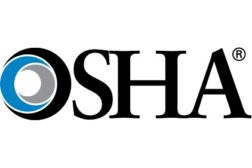Home » Keywords: » illnesses
Items Tagged with 'illnesses'
ARTICLES
Cintas Identifies Seven Ways to Reduce the Impact of Back to School Illnesses
Guidelines help sick workers protect themselves and others when illness strikes
August 27, 2012
Chicken- and egg-related illnesses on the rise in U.S.
Will proposed Obama speedup of poultry processing cause more illness?
May 14, 2012
Job-related injuries and illnesses cost U.S. more than cancer, diabetes or strokes
UC Davis researcher recommends expanded prevention measures
January 24, 2012
Become a Leader in Safety Culture
Build your knowledge with ISHN, covering key safety, health and industrial hygiene news, products, and trends.
JOIN TODAYCopyright ©2024. All Rights Reserved BNP Media.
Design, CMS, Hosting & Web Development :: ePublishing







